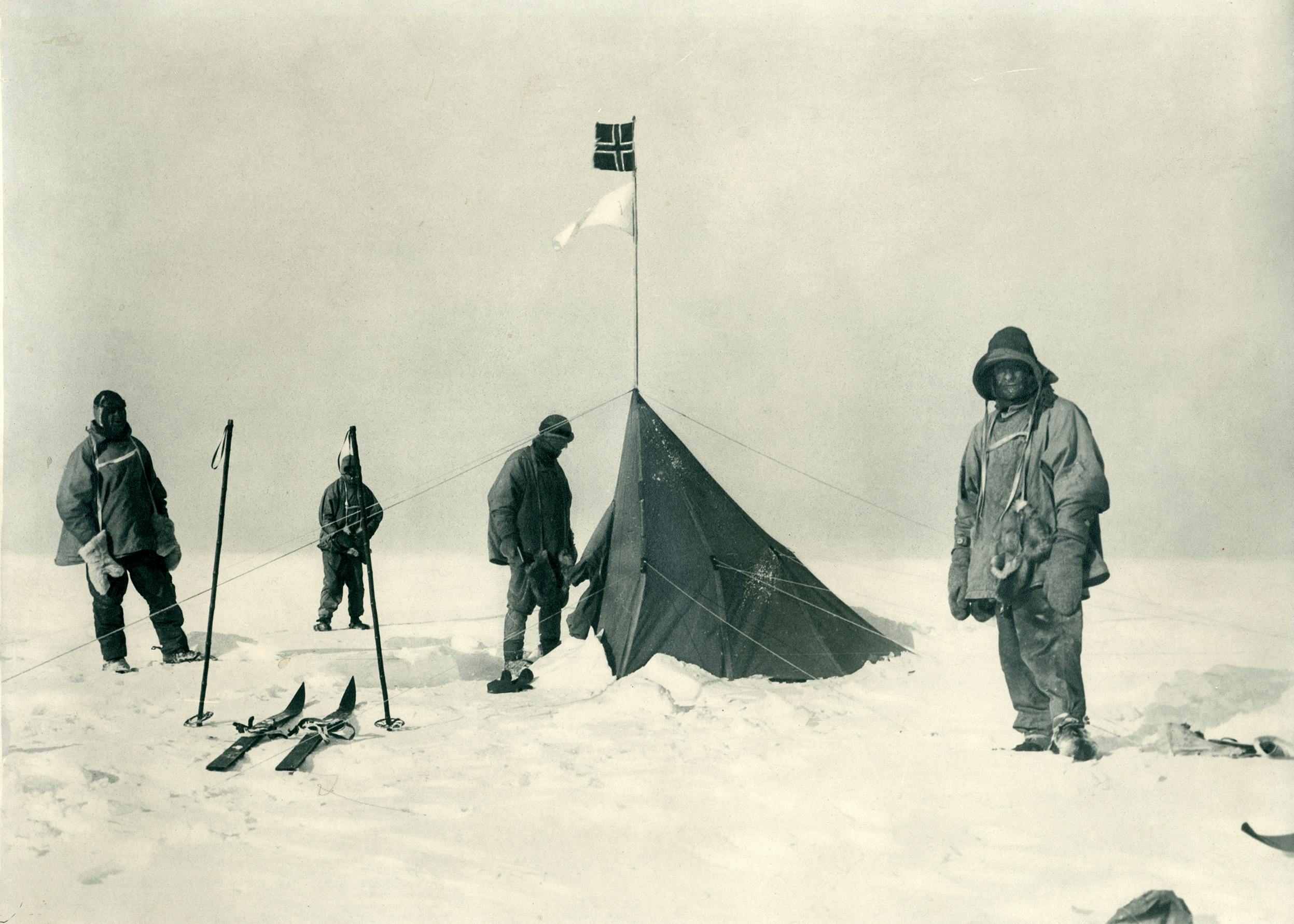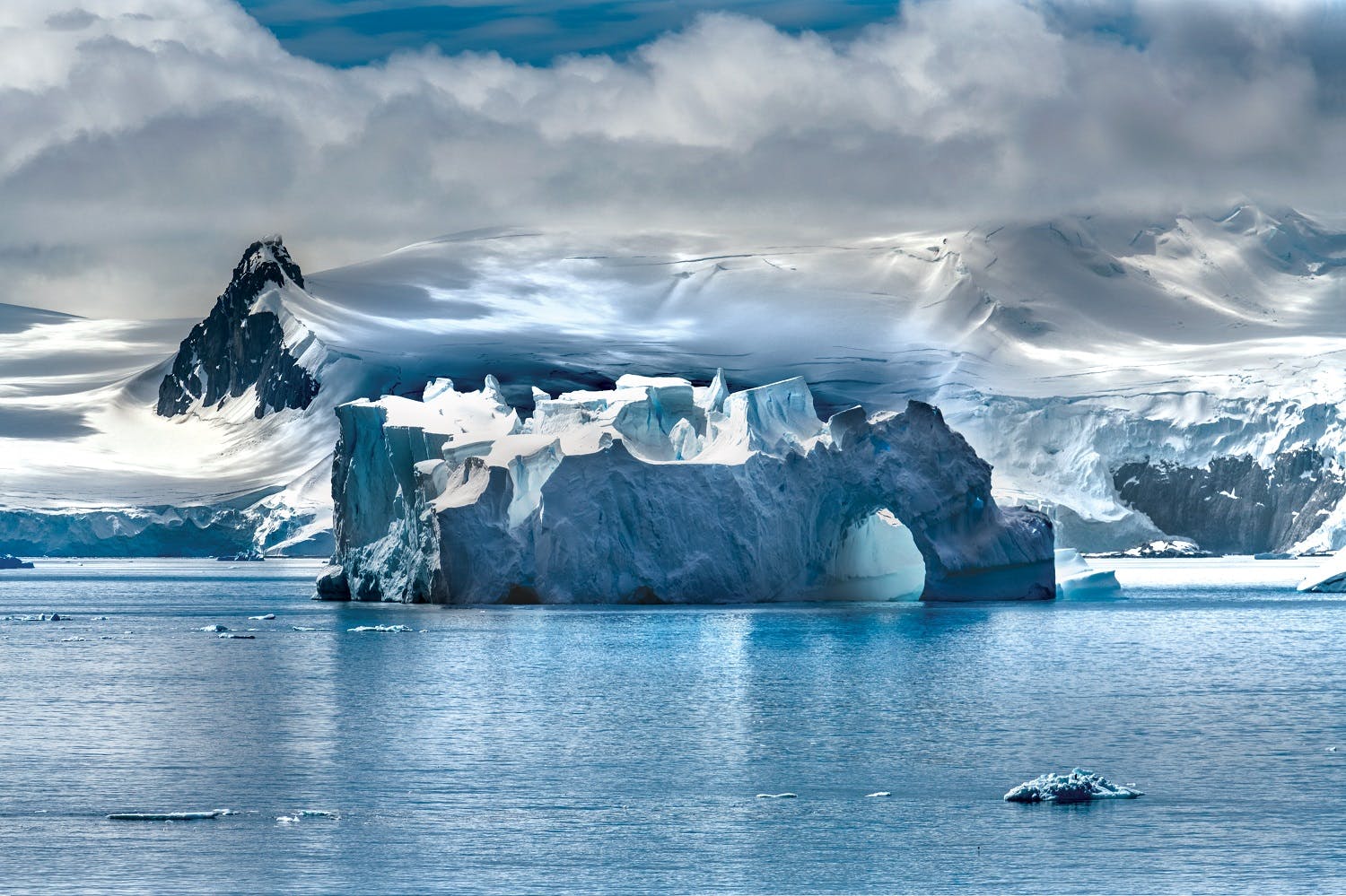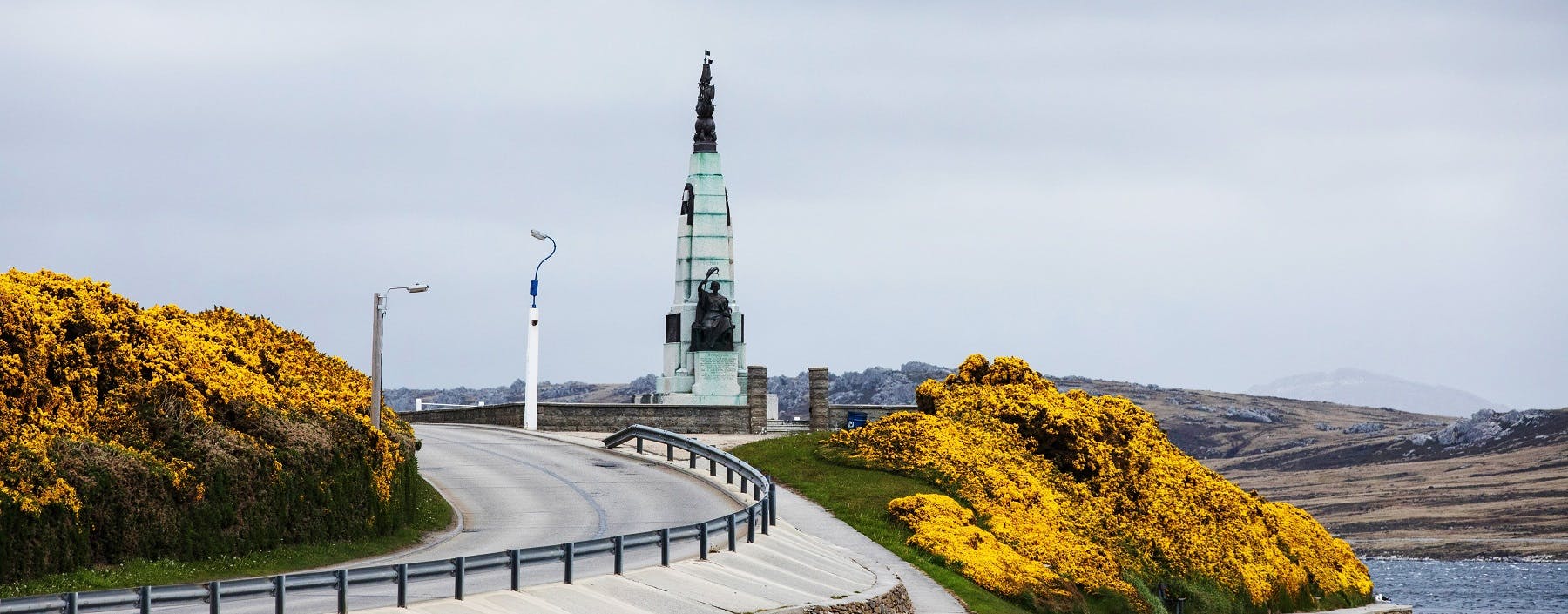Conrad Recommends: The Last Viking – The Life of Roald Amundsen
In this edition of Great Reads, Conrad Combrink, Silversea’s Senior Vice President of Expeditions, Turnaround Operations and Destination Management, sheds light on a pioneering explorer who he describes as standing “head and shoulders above all those who raced to map the last corners of the world.” Sharing personal insights and the same passion that compelled Amundsen to explore the world, Conrad invites us to enjoy Stephen R. Brown’s account of the life and times of the famed Norwegian explorer.
The Gist: Why You’ll Want to Know More About The Life of Roald Amundsen
In 1900, the four great geographical mysteries -the Northwest Passage, Northeast Passage, the South Pole and the North Pole- remained blank spots on the globe. Within a short 20 years, Roald Amundsen claimed all four prizes. Renowned for his determination and his technical skills, both feared and beloved by his men, Amundsen is a legend of the Heroic Age of Exploration which shortly thereafter would be tempered by technology, commerce and publicity. This book depicts the exploration of the North and South poles by Amundsen and also tells the story of how he navigated the Northwest and Northeast passages. It’s fascinating to learn about people like Amundsen, who have a singular goal and dedicate their entire life to reaching the goal.
“Roald Amundsen, for me, embodied the very best strengths of an adventurer: Dreamer, pragmatic, dogged determination, perseverance, disciplined, humble and a deep appreciation for learning from other cultures and the importance of group dynamics and cohesion for success”.
Conrad Combrink
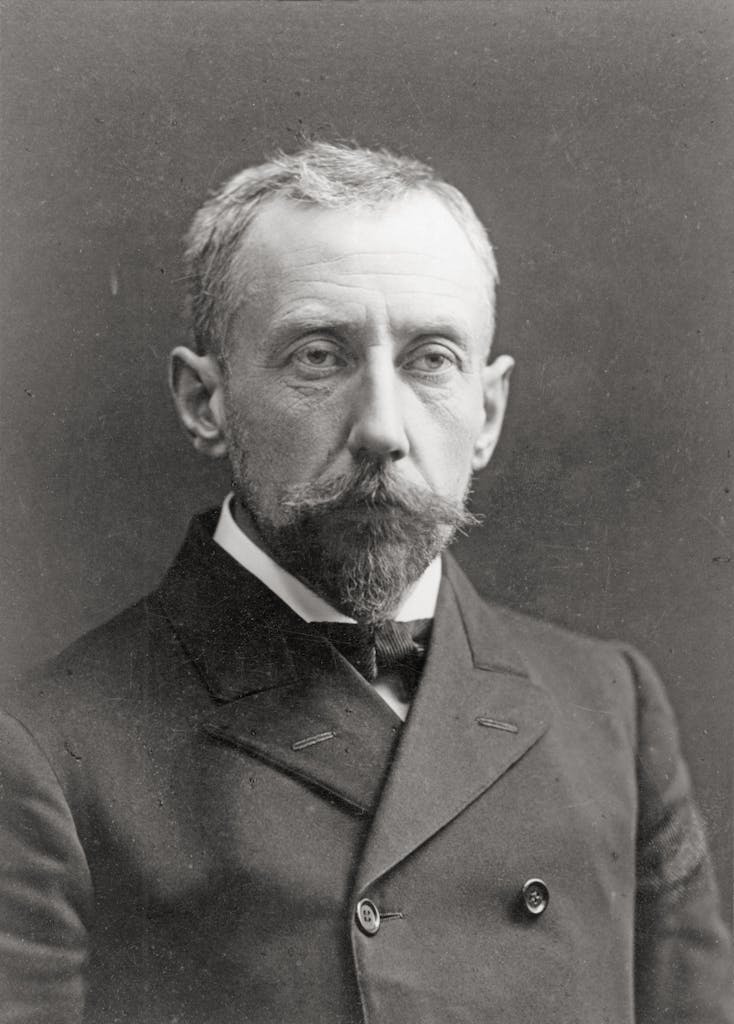
Fascinating Facts about Roald Amundsen
- The sea called him from a young age – His father and uncles owned a fleet of ships and were themselves captains, so the young Amundsen was regaled with tales of the sea from a very early age
- He could have been a doctor – Despite his natural inclination towards adventure, his mother wanted him to become a respectable professional. Amundsen began to lead a double life; on the surface he was enrolled in medical college but he never completed a course of study, preferring instead to prepare himself for life as an explorer
- Hungry for exploration, not boots – Amundsen wanted to be a polar explorer from the age of fifteen when he read the account of the exploits of the polar explorer, Sir John Franklin. Amundsen was drawn to the heroic suffering of Sir John, particularly his account of the near starvation conditions during his first expedition when he was forced to eat his boots to survive. It was the romance of exploration that drew Amundsen as much as his desire for geographical discovery and so he set himself the goal of succeeding where Sir John had failed: he would be the first person to navigate the Northwest Passage
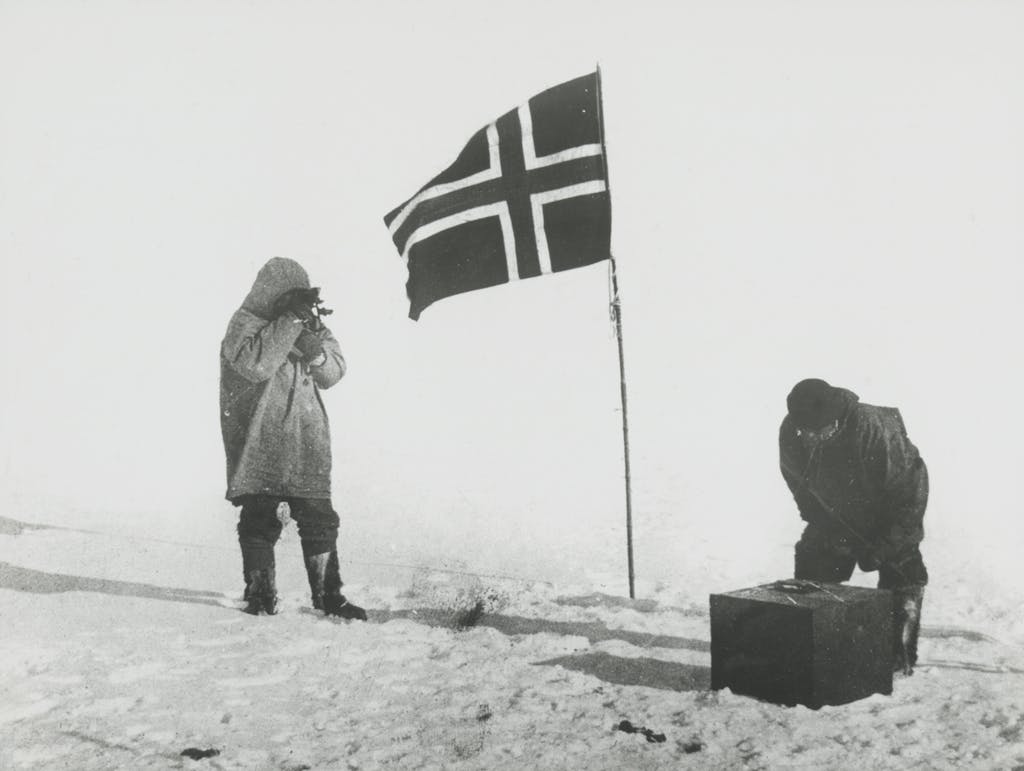
Read It Yourself!
This article has been produced in collaboration with Silversea’s Corporate Business Partner, the Royal Geographical Society (with IBG), which enriches guests’ expeditions with over 500 years of geographical travel and discovery. Find out more here.



